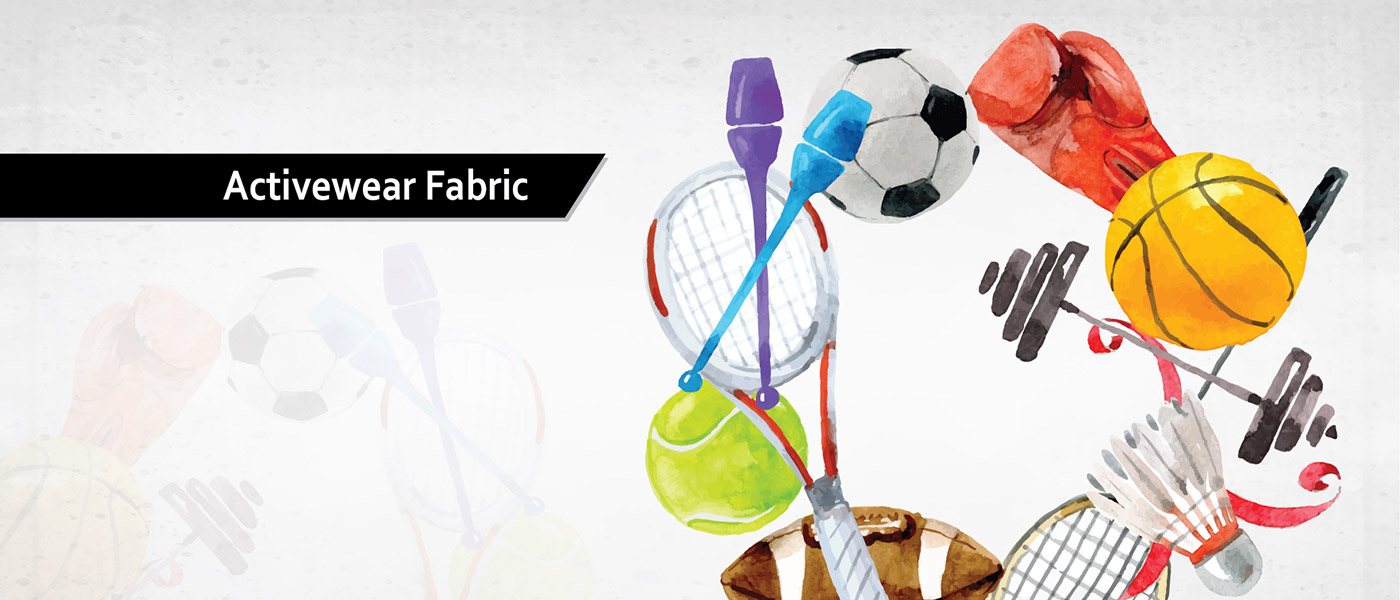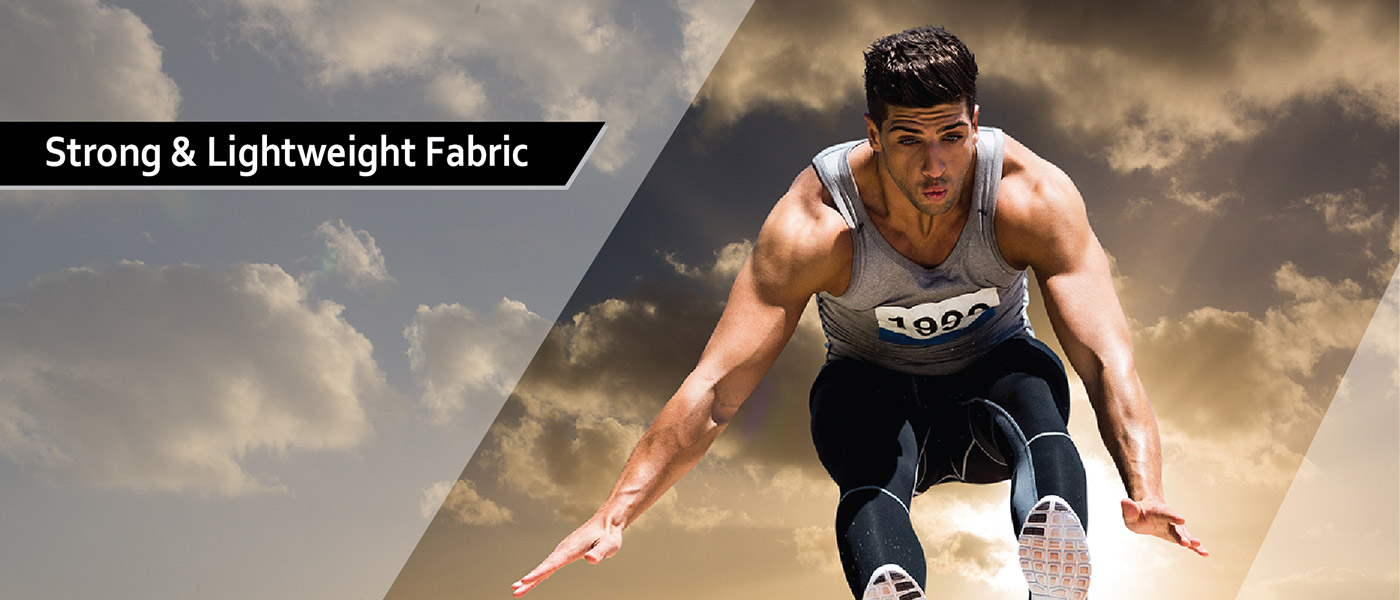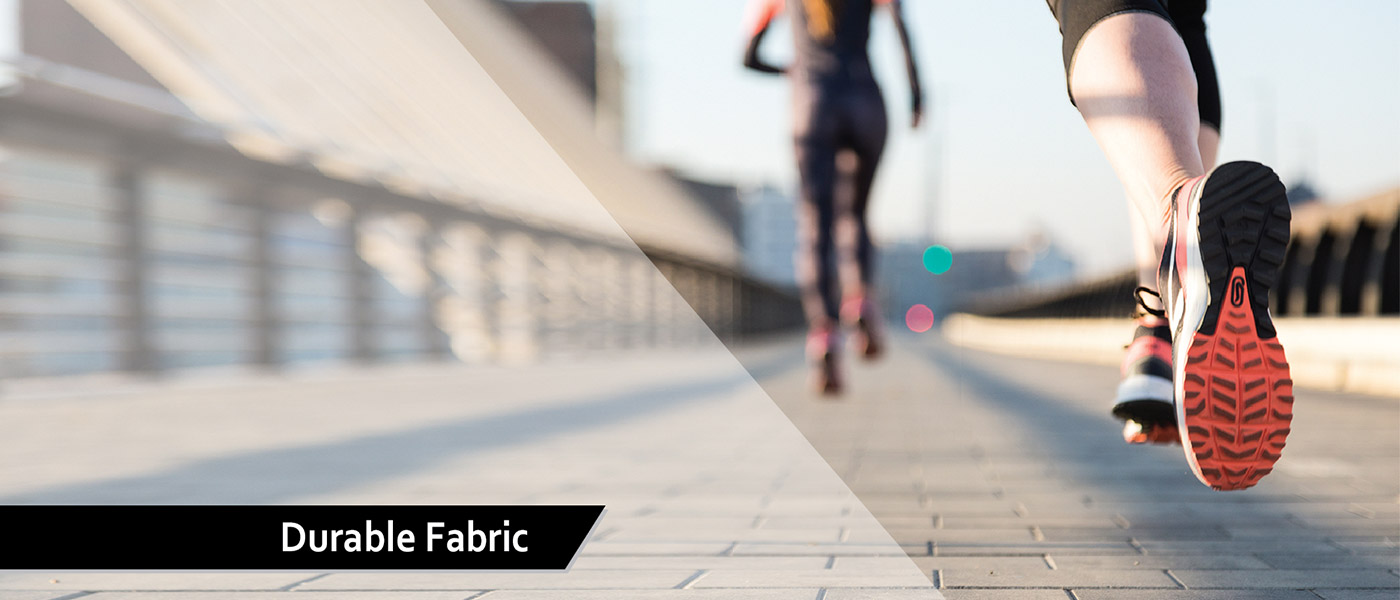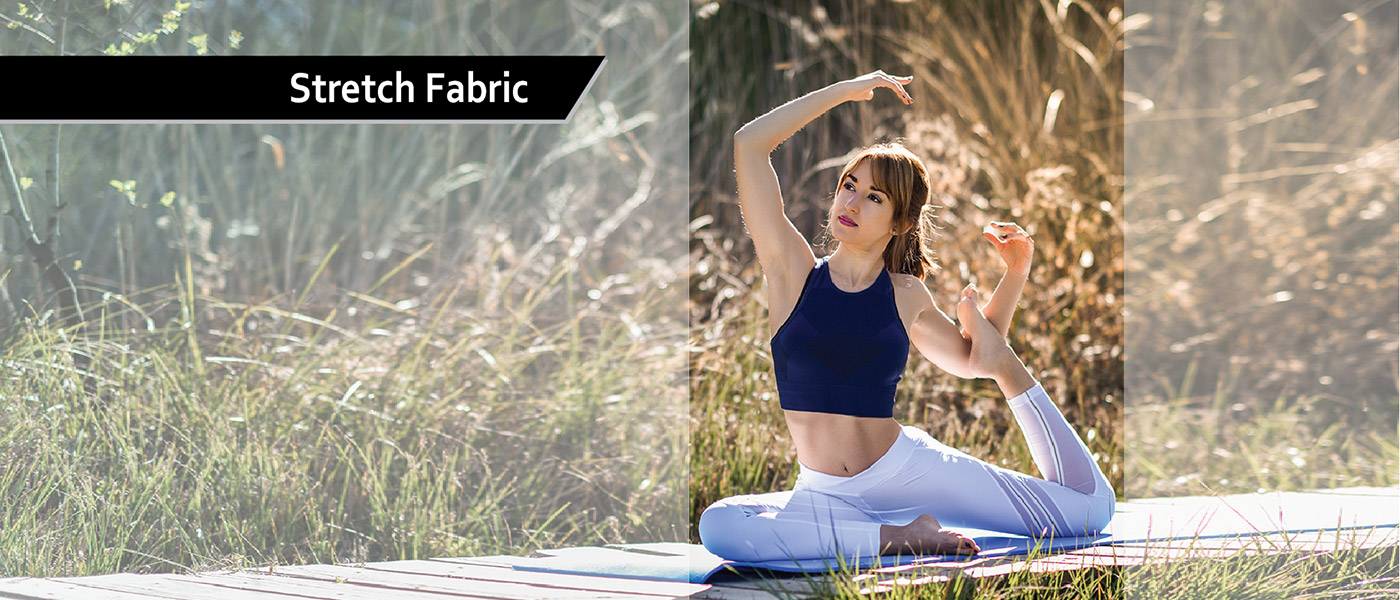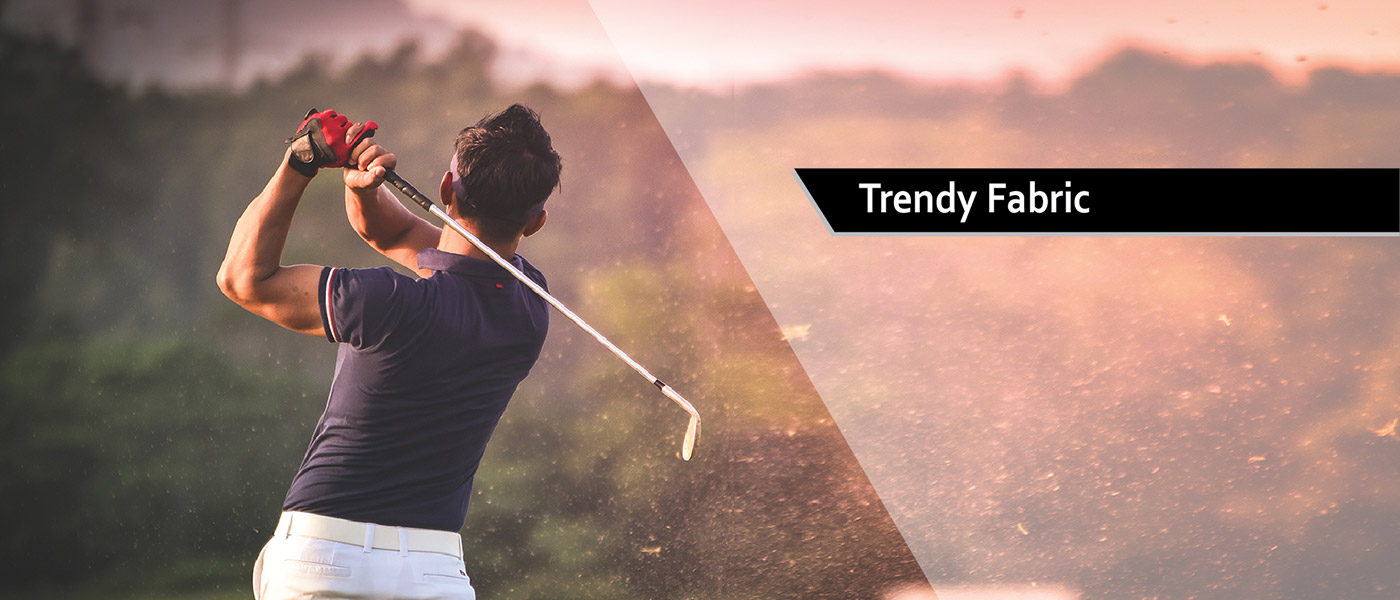Juta Textile
22, Jalan PJU 10/10C,
Saujana Damansara,
47810 Petaling Jaya,
Selangor, Malaysia.
22, Jalan PJU 10/10C,
Saujana Damansara,
47810 Petaling Jaya,
Selangor, Malaysia.
+6012-737 7716
+60127377716
Features of Activewear Fabric
26 Jun 2017


View Full Size
Juta Textile is a specialized fabric manufacturer and wholesaler of all types of knitted fabrics especially for t-shirt,activewear and dye sublimation printing
7, Jalan 3/33B,MWE Commercial Park,
6 1/2 Mile Kepong,52000 Kuala Lumpur,
Malaysia.
+6012-737 7716
jutatextile@gmail.com
Features of Activewear Fabric
There are few — if any — types of clothing in which fashion and function being optimized is as essential as when it comes to activewear. Wearing clothes that perform as great as they look can be the difference between a so-so workout and an amazing one. And just because a separate feels great when you try it on doesn’t mean it will actually perform well when you’re sweating buckets or maintain its shape after multiple hot water washes. To find out the pros and cons of popular activewear fabrics
1. Cotton
We all know and love cotton because it feels great against our skin, which is why it’s such a common fabric for lifestyle apparel products, but unless it’s blended with other more technical fabrics it doesn’t tend to make for great performance garments.Cotton can hold moisture (i.e. sweat), so you wouldn’t typically create a performance piece made predominantly of cotton unless some sort of wicking application was added.Natural fibers like cotton absorb and hold sweat so the fabric gets wet and heavy and takes a longer time to dry.
2. Lycra / Spandex
Lycra is always seen as a stretch fabric, but can be inserted into wovens or jerseys, and used in activewear, swimwear, underwear, hosiery, and pretty much any other garment you can think of.
The quintessential workout fabric spandex is known for its ability to recover and stretch. It’s part of almost every tight fitting activewear separate since it’s critical for allowing the body to move comfortably.
3. Polyester / Microfibre
“Polyester is inexpensive, it can be recycled, it’s quite durable (though not as durable as nylon), and it also has low moisture absorbency so with the right treatment it can have wicking and quick dry properties.Microfibre fabric is much easier to use for digital printing because it takes the color much more easily than nylon and can have very saturated prints.Microfibre is not likely to shrink when washed and it holds its shape better than most other common fibers in apparel.
4. Nylon
Nylon is the most strong and abrasion resistant fiber compared to polyester. It has low moisture absorbency and with the right treatment it can have wicking and quick dry properties.The fibers are smooth and long lasting which make it much more durable than polyester. Nylon is not the best at absorbing dye so it’s more difficult to achieve saturated color for digital printing.”
7, Jalan 3/33B,MWE Commercial Park,
6 1/2 Mile Kepong,52000 Kuala Lumpur,
Malaysia.
+6012-737 7716
jutatextile@gmail.com
Features of Activewear Fabric
There are few — if any — types of clothing in which fashion and function being optimized is as essential as when it comes to activewear. Wearing clothes that perform as great as they look can be the difference between a so-so workout and an amazing one. And just because a separate feels great when you try it on doesn’t mean it will actually perform well when you’re sweating buckets or maintain its shape after multiple hot water washes. To find out the pros and cons of popular activewear fabrics
1. Cotton
We all know and love cotton because it feels great against our skin, which is why it’s such a common fabric for lifestyle apparel products, but unless it’s blended with other more technical fabrics it doesn’t tend to make for great performance garments.Cotton can hold moisture (i.e. sweat), so you wouldn’t typically create a performance piece made predominantly of cotton unless some sort of wicking application was added.Natural fibers like cotton absorb and hold sweat so the fabric gets wet and heavy and takes a longer time to dry.
2. Lycra / Spandex
Lycra is always seen as a stretch fabric, but can be inserted into wovens or jerseys, and used in activewear, swimwear, underwear, hosiery, and pretty much any other garment you can think of.
The quintessential workout fabric spandex is known for its ability to recover and stretch. It’s part of almost every tight fitting activewear separate since it’s critical for allowing the body to move comfortably.
3. Polyester / Microfibre
“Polyester is inexpensive, it can be recycled, it’s quite durable (though not as durable as nylon), and it also has low moisture absorbency so with the right treatment it can have wicking and quick dry properties.Microfibre fabric is much easier to use for digital printing because it takes the color much more easily than nylon and can have very saturated prints.Microfibre is not likely to shrink when washed and it holds its shape better than most other common fibers in apparel.
4. Nylon
Nylon is the most strong and abrasion resistant fiber compared to polyester. It has low moisture absorbency and with the right treatment it can have wicking and quick dry properties.The fibers are smooth and long lasting which make it much more durable than polyester. Nylon is not the best at absorbing dye so it’s more difficult to achieve saturated color for digital printing.”
.jpg)
.jpg)
.jpg)

